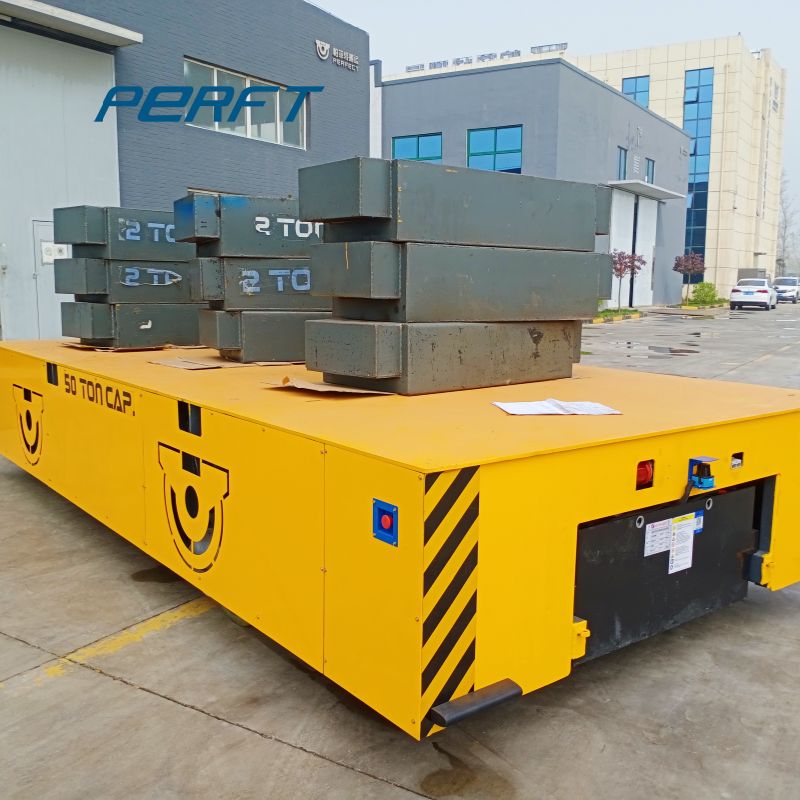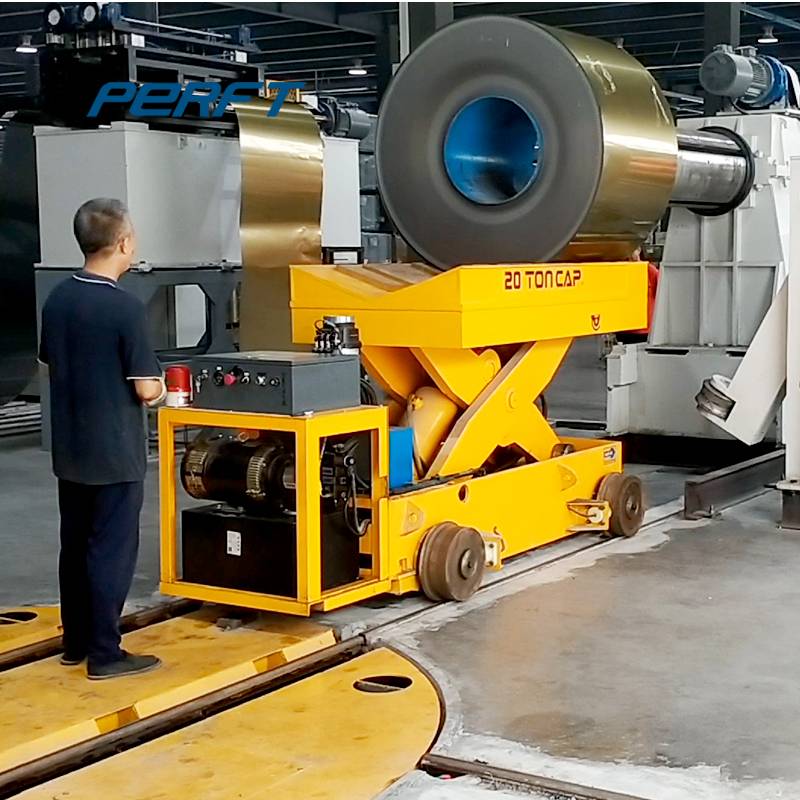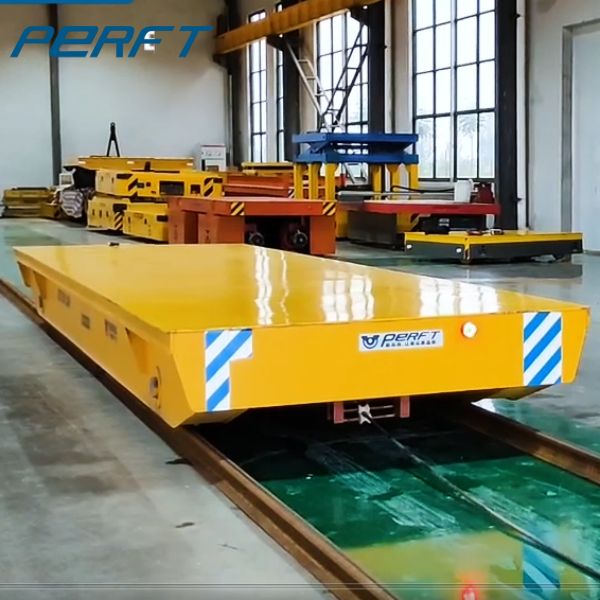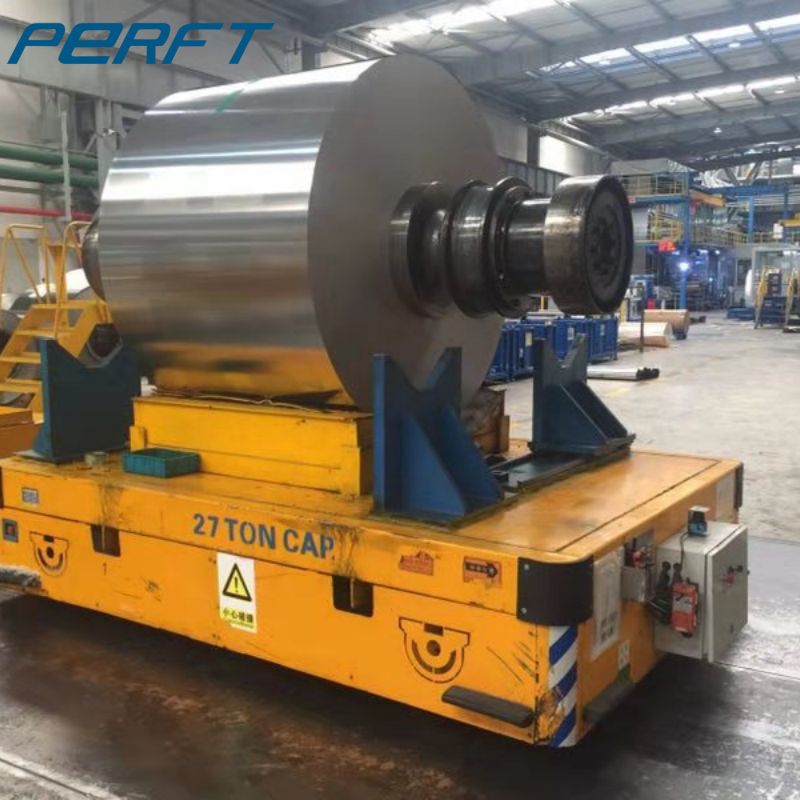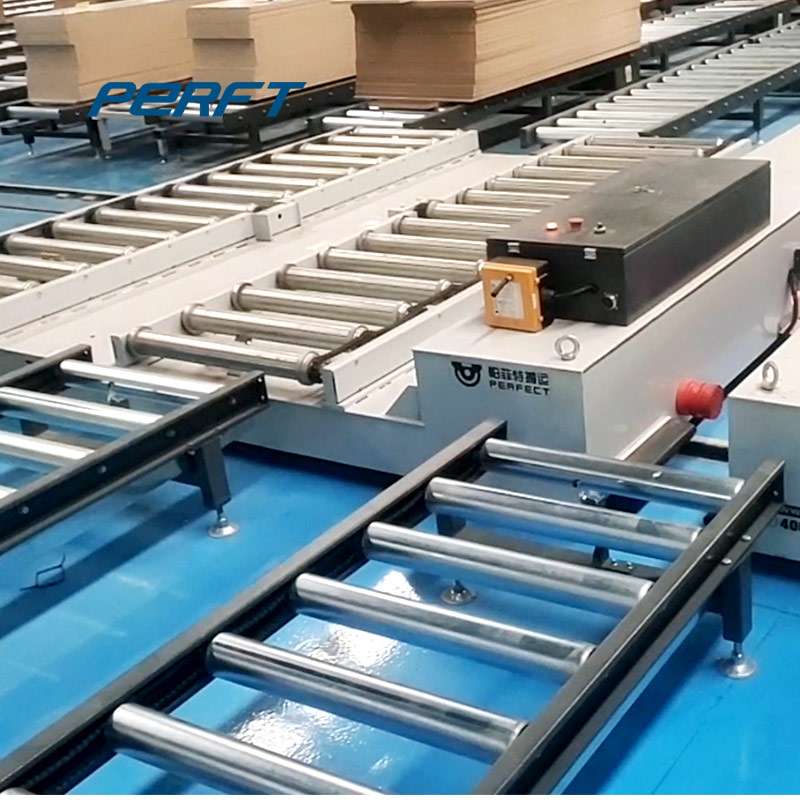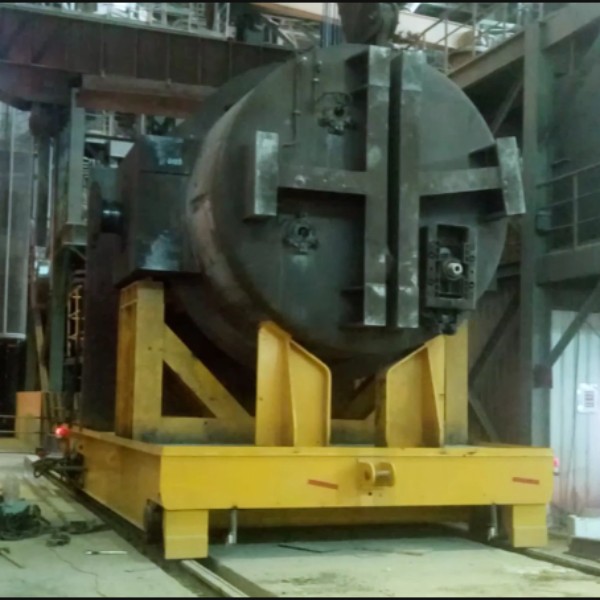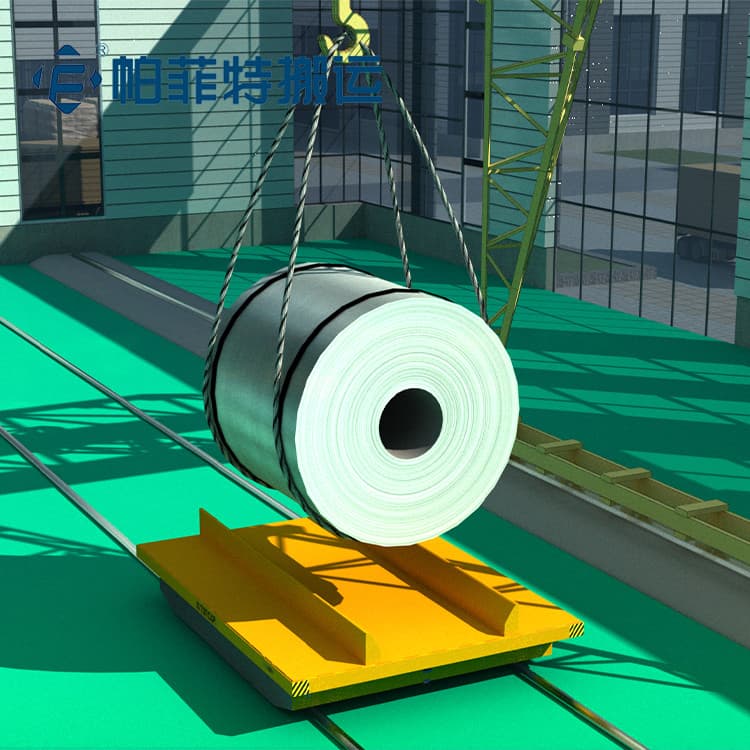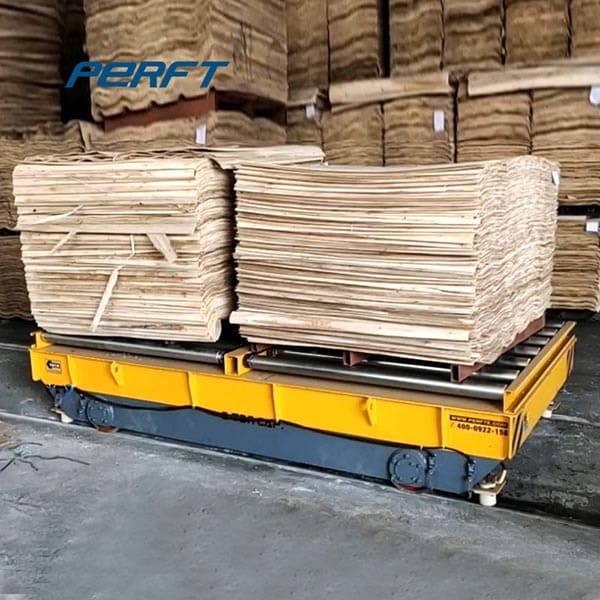Hydraulic Lift Transfer Cart
In today’s fast-paced industrial landscape, optimizing material handling processes is crucial for ensuring efficient operations and maximizing productivity. One innovative solution that has gained significant popularity is hydraulic lift transfer cart. With its ability to seamlessly transport heavy loads and maneuver through tight spaces, these versatile carts have revolutionized the way materials are moved within factories and warehouses.
Benefits of Hydraulic Lift Transfer Carts
Hydraulic lift transfer carts offer numerous advantages in industrial material handling operations. These benefits include:
Increased Efficiency: With their ability to transport heavy loads, hydraulic lift transfer carts significantly enhance efficiency by reducing the time and effort required for manual handling or reliance on forklifts. These carts streamline the movement of materials between workstations, assembly lines, and storage areas.
Versatility: Hydraulic lift transfer carts are designed to accommodate a wide range of materials, including pallets, containers, machinery, and even oversized loads. Their adaptability makes them suitable for various industries such as manufacturing, warehouses, logistics, and construction.
Improved Safety: By replacing manual lifting and carrying, hydraulic lift transfer carts minimize the risk of musculoskeletal injuries among workers. Additionally, they provide secure platforms for transporting goods, preventing accidents caused by material slippage or falling.
Precise Control: Hydraulic systems in these carts allow for smooth and controlled movement, ensuring precise positioning of materials. This feature is particularly useful when handling delicate or fragile items that require careful maneuvering.
Cost Savings: Investing in hydraulic lift transfer carts can lead to long-term cost savings. By reducing reliance on manual labor and minimizing the potential for accidents and damages, these carts contribute to lower operational costs and increased productivity.
Environmental Friendliness: Compared to forklifts powered by fossil fuels, hydraulic lift transfer carts can be electrically operated, resulting in reduced carbon emissions and a smaller ecological footprint.
Applications of Hydraulic Lift Transfer Carts
Hydraulic lift transfer carts find extensive applications across various industries. Some notable uses include:
Manufacturing: In manufacturing plants, hydraulic lift transfer carts are utilized to transport raw materials, finished products, and components between different stages of the production line. This streamlines workflow and reduces production downtime.
Warehousing: Within warehouses and distribution centers, hydraulic lift transfer carts facilitate the movement of goods, ensuring efficient storage and retrieval processes. They enable faster loading and unloading of shipments, optimizing the overall supply chain operations.
Construction: Construction sites often involve the transportation of heavy construction materials, equipment, and machinery. Hydraulic lift transfer carts provide a safe and efficient means of moving these items, reducing manual labor and enhancing productivity.
Automotive Industry: Hydraulic lift transfer carts play a vital role in automobile manufacturing by transporting vehicle bodies, engines, and other components during assembly. They help streamline the assembly process and ensure just-in-time delivery of parts.
Types of Hydraulic Lift Transfer Carts
Hydraulic lift transfer carts are available in different configurations, each suited for specific applications and load capacities. The common types include:
Scissor Lift Transfer Carts: These carts feature a scissor-like mechanism that raises and lowers the platform. They are ideal for transporting heavy loads vertically or with limited horizontal movement.
Rail Guided Transfer Carts: These carts operate on a set track, making them highly precise and suitable for repetitive material transfer along a fixed path. They are commonly used in assembly lines and warehouses.
Steerable Transfer Carts: These carts are equipped with swiveling wheels or a steering mechanism, allowing them to navigate through tight spaces and turn corners easily. They offer enhanced maneuverability for complex material handling tasks.
Die Transfer Carts: Designed specifically for the die casting industry, these carts have specialized fixtures to securely hold dies and molds. They ensure the safe and efficient movement of heavy dies within manufacturing facilities.
How Hydraulic Lift Transfer Carts Work
Hydraulic lift transfer carts rely on hydraulic systems to operate. These systems consist of hydraulic cylinders, a hydraulic power unit, control valves, and fluid reservoirs. When activated, the hydraulic power unit pressurizes hydraulic fluid, which then flows into the cylinders. This pressure causes the pistons within the cylinders to move, raising or lowering the platform of the cart. By controlling the flow of hydraulic fluid, operators can precisely adjust the lifting or lowering motion according to their requirements.
Factors to Consider When Choosing a Hydraulic Lift Transfer Cart
When selecting a hydraulic lift transfer cart for your specific needs, several factors should be taken into consideration:
Load Capacity: Determine the maximum weight the cart needs to handle. It is essential to choose a cart with a suitable load capacity that can safely accommodate your materials.
Platform Size and Configuration: Consider the dimensions and shape of the materials you will be transporting. Ensure the cart’s platform is large enough to accommodate your loads comfortably.
Mobility and Maneuverability: Assess the layout and space constraints of your facility. Choose a cart with appropriate wheels and steering capabilities that can navigate through your workspace without difficulty.
Power Source: Decide between electrically powered or manually operated carts based on your preferences and requirements. Electric carts provide greater convenience, while manual carts may be suitable for smaller-scale operations.
Safety Features: Look for carts equipped with safety features such as emergency stop buttons, warning alarms, and load-securing mechanisms. These features contribute to a safer working environment.
Maintenance and Safety Tips for Hydraulic Lift Transfer Carts
To ensure the longevity and safe operation of hydraulic lift transfer carts, regular maintenance is essential. Here are some maintenance and safety tips:
Scheduled Inspections: Implement a maintenance schedule to inspect and service the cart’s hydraulic components, including hoses, cylinders, valves, and fluid levels. Regular inspections can prevent unexpected breakdowns and ensure optimal performance.
Lubrication: Apply appropriate lubricants to the cart’s moving parts to minimize friction and promote smooth operation. Follow the manufacturer’s guidelines regarding lubrication intervals and types of lubricants to use.
Operator Training: Properly train operators on the safe operation of hydraulic lift transfer carts. Ensure they understand the cart’s controls, load capacity limits, and safety protocols. Emphasize the importance of following proper lifting and loading procedures.
Load Distribution: Ensure the load is evenly distributed on the cart’s platform to maintain stability during transport. Secure the load using appropriate restraints or fasteners to prevent shifting or falling.
Environmental Considerations: Keep the cart’s working area clean and free of debris that may interfere with its operation. Be mindful of any potential hazards, such as uneven surfaces or obstacles, and ensure proper lighting in the workspace.
Case Studies: Successful Implementation of Hydraulic Lift Transfer Carts
Case Study 1: XYZ Manufacturing Company
XYZ Manufacturing Company, a leading automotive parts manufacturer, implemented hydraulic lift transfer carts to streamline their production processes. By replacing manual material handling and forklift operations, the company experienced significant improvements in efficiency and worker safety. The carts allowed for faster transportation of components between workstations, resulting in reduced assembly line downtime. Additionally, the precise control offered by the hydraulic systems minimized the risk of damage during material transfer. XYZ Manufacturing Company reported a substantial increase in productivity and cost savings since the implementation of hydraulic lift transfer carts.
Case Study 2: ABC Warehouse Distribution Center
ABC Warehouse Distribution Center faced challenges in optimizing its warehouse operations due to manual material handling and reliance on forklifts. By introducing hydraulic lift transfer carts, the center improved its load-carrying capacity and reduced the time required for loading and unloading shipments. The carts’ versatility allowed them to accommodate various load sizes and types, resulting in better inventory management and space utilization. The implementation of hydraulic lift transfer carts enhanced the overall efficiency of the distribution center, leading to improved customer satisfaction and reduced labor costs.
